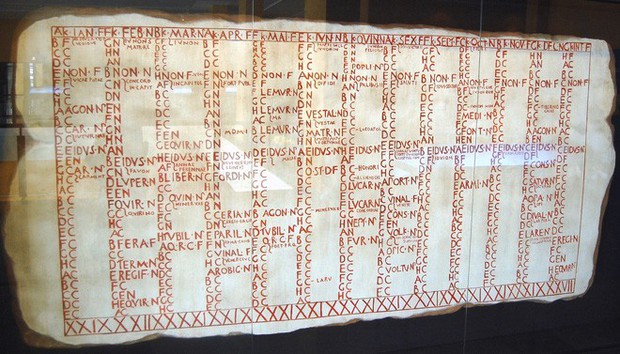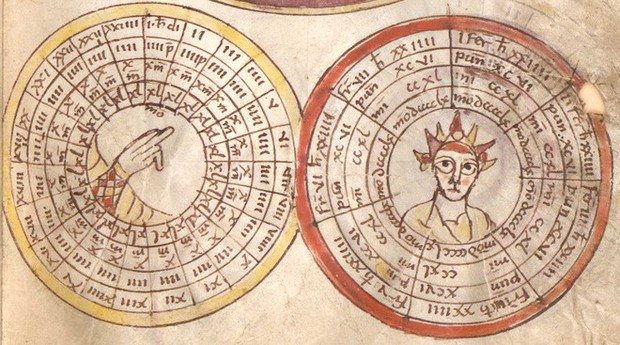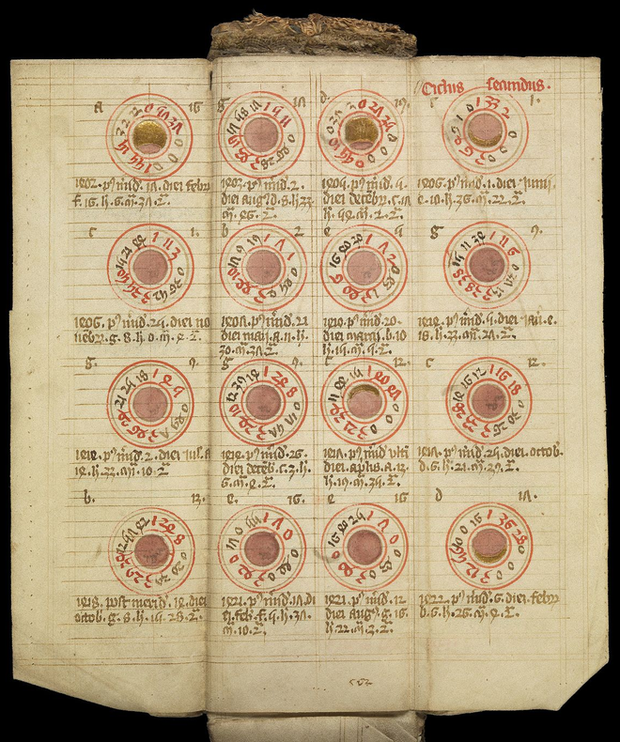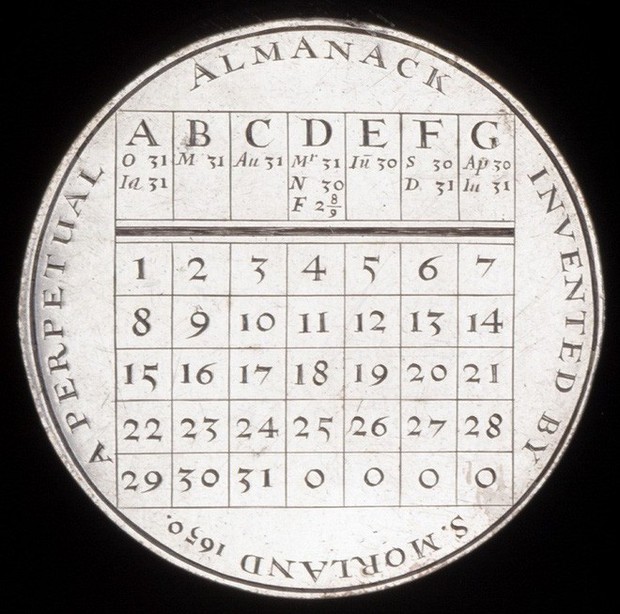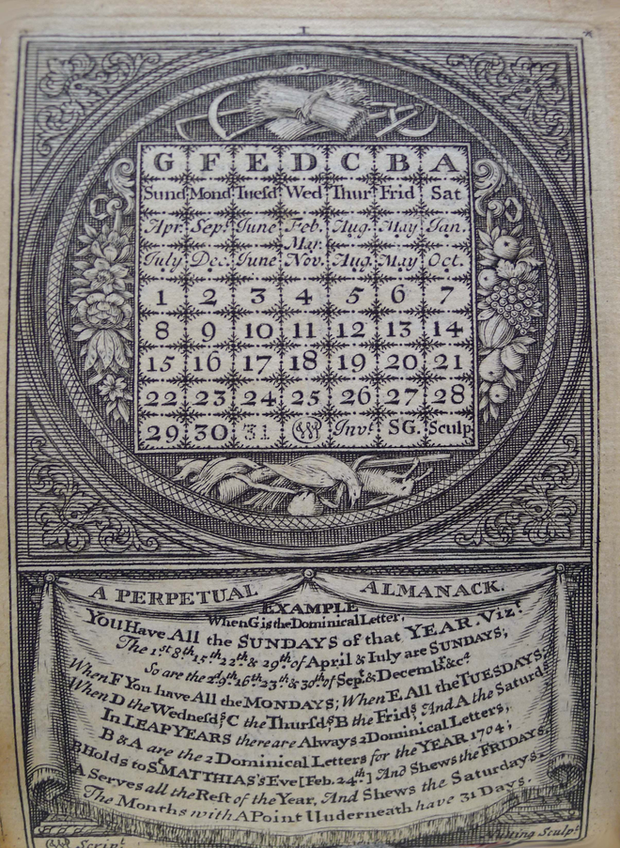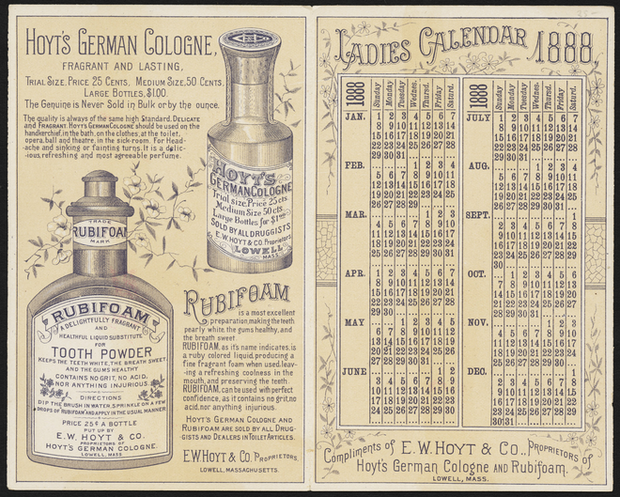It sounds simple, but the calendar design has continued to evolve over the centuries to have the optimum shape as it is today.
Whenever you think of a calendar, what’s the first image that comes to your mind? Perhaps a table with numbers arranged in 7 columns and 5 horizontal rows (or 6 rows, depending on the number of days in the month) to display the entire month. We use calendars every day, whether they are hung on the wall or on our phones. But regardless of the medium, the timeline with the above grid format remains the same.
This calendar design has been around for so long that it seems to have reached the point of perfection and there is no need to change it anymore. Although considered to be an arrangement that naturally suits the human senses, the calendar was not originally formed like this. Its journey of evolution and development began and has lasted for thousands of years, since man sought to shape time.
The history of measuring and dividing time
The 7-day calendar appears to have a mixed origin from many different places, so it is difficult to trace and find its first creator: it appears in the Jewish calendar of the 6th century BC and the number 7 also had mystical significance for the Babylonians. It also involves the 7 celestial bodies: the Sun, the Moon, Mars, Mercury, Jupiter, Venus and Saturn. The star-based 7-day cycle calculation is also applied in China and Japan.
However, the popularity of a seven-day week can be attributed to the Romans. Emperor Constantine officially adopted the 7-day week from AD 321. This means that the measure of time we use today is 1,700 years old.
Prior to this, the Julian calendar, or current common calendar, was introduced by Julius Caesar in 46 BC. The time is so far away now that it is impossible to know who invented this division, but again the Romans were considered to be multiplying by the 30 division / 31 day period like today.
Calendars with circles in perpetual rotation
If it was the Romans who popularized the current division of time, we still don’t know who was responsible for popularizing the current standard network. This grid format itself seems like a natural fit as it is the most efficient and intuitive layout for displaying a sequence of items – the Egyptians used this grid for their calendar. He also doesn’t seem to need a specific inventor for this.
Subsequently, the calendar seems to have continued to follow this arrangement, despite some changes in the presentation of months and weeks between the sixteenth and seventeenth centuries.
Prior to the 1600s, the common way to present years, months, and weeks was to use pie charts, as this was considered the best way to represent cycles. The calendar is seen as an indicator of eternity and not as a planner for the whole year, nor as a relationship between the day of the week and the day of the month.
This arrangement seems to have become the only model for many consecutive decades because it can validate time for many years, yet is designed to allow the calculation of a certain day of a certain week in the future – instead of be given year by year as in the current calendar. The pre-dated or promotional calendar only appeared when the Industrial Revolution made printing cheaper and allowed for mass production.
Calendar grid: appeared and became the standard format
The development of the modern calendar also involved a lot of other things, like the almanac, a document that records information about religion, culture, weather, astronomy and astrology in tabular form – that is also an ephemeris arranged in a grid.
But the biggest change in calendar design, from a circular arrangement to a tabular arrangement, did not occur until the end of the 15th century. Perhaps the reason for this is not only due to the reform of the Gregorian calendar. In 1582, but also the emergence of Johannes Gutenberg’s printing press.
Although there is no historical evidence to support this claim, the similarities between the types of translational movements in print and the natural human adaptation available to the grid appear to have This format has become the common standard for calendars.
Because any design requires printers to hire artists to create a separate print, usually on wood. It takes a lot of effort and cost compared to using typesetting boards such as newspaper printing. So it’s likely that newsprint technology has made the grid format of perpetual calendars the norm, especially since composition panels can be easily rearranged for any month of the year.
Samuel Morland’s Perpetual Almanac, dating from 1650, is an interesting example of this approach. Interestingly, while this almanac does not mention the names of the days of the week but only the first seven letters of the alphabet, a format also appeared later in William Parsons’ notebook in the early 17th century.
Agenda, planner and promotional calendar
In 1773, publisher Robert Aitken claimed to be the first to invent the Daily Planner, offering clients a predefined layout, not much different from today’s planners. For the first time, Americans can see their days sprawled out in a list, like the modern day schedule, and plan ahead for things to do that go beyond the general yearbook forecast.
Besides its practical use, the calendar has evolved into an object of decoration. In the late 18th century and throughout the Industrial Revolution, the advertising calendar became a popular means of disseminating brand identity in households. Hotels, gas stations, banks, large and small brands all offer free calendars to boost their presence.
It wasn’t until the 1960s that minimal graphics returned and typography became the object of experimentation, thanks to the advent of the Helvetica font and an innovative stylistic approach. Probably the most famous and laudable achievement of this era belonged to two Italians of the same year: Vignelli’s famous large-format wall calendar and Enzo Mari’s version of the perpetual calendar, which are now making their way into homes.
The future of the calendar
Has the calendar’s innovative capacity reached its peak? Maybe the digital versions on iOS or Android are just proof that the current calendar design is still very durable and unmistakable even though the desire to find a new format is still appealing.
Some designers have tried to break this conventional format. Perhaps the most famous is John Maeda’s digital design, which was included in the collections of MoMA (Museum of Modern Art), and more recently Teehan + Lax, a design agency in Canada, during the introduction of new theories on the calendar.
Of course, nothing can beat the simplicity of the current grid layout and the calendars we know today are likely to last a long time, although more calendars are coming.



